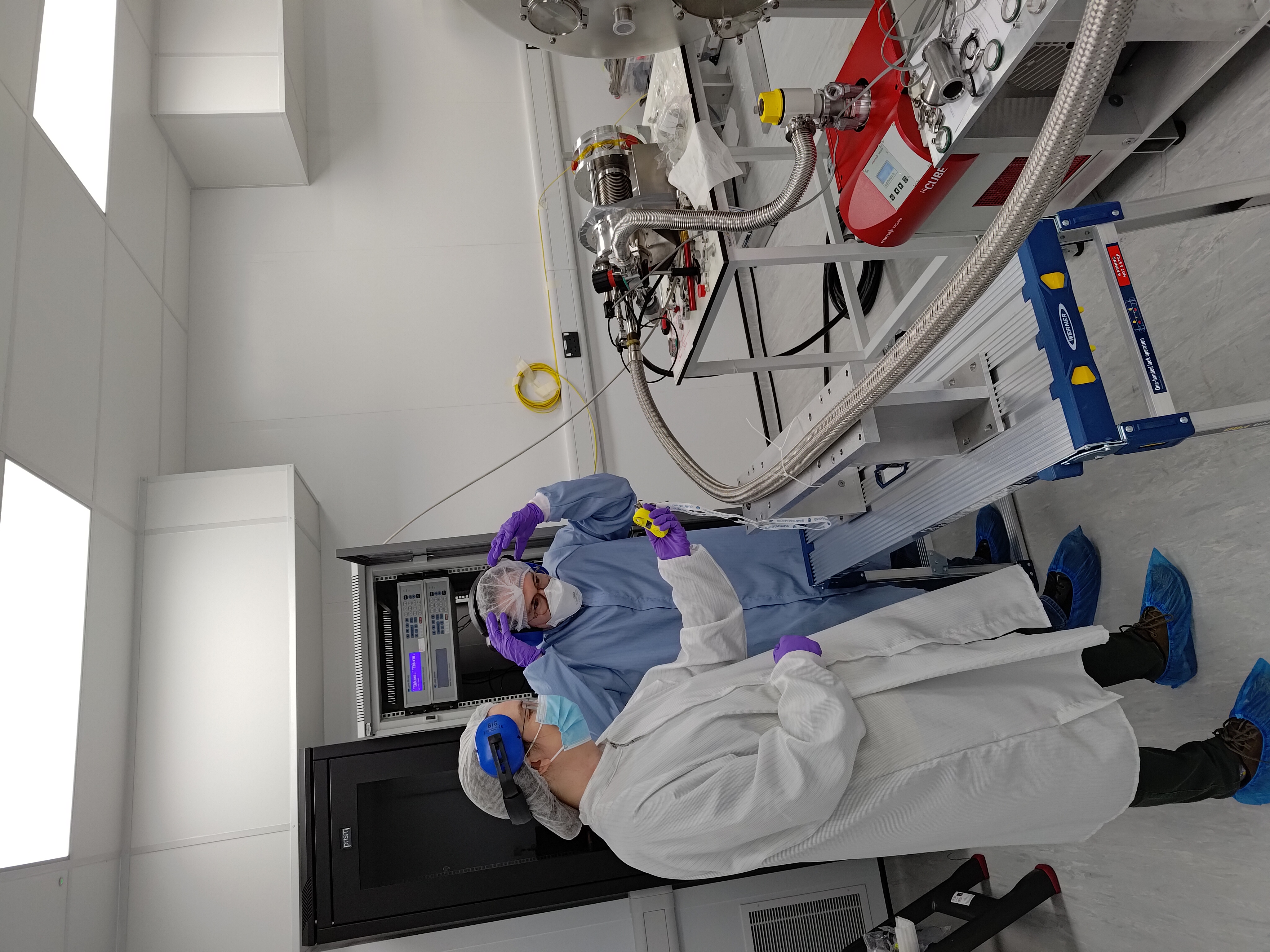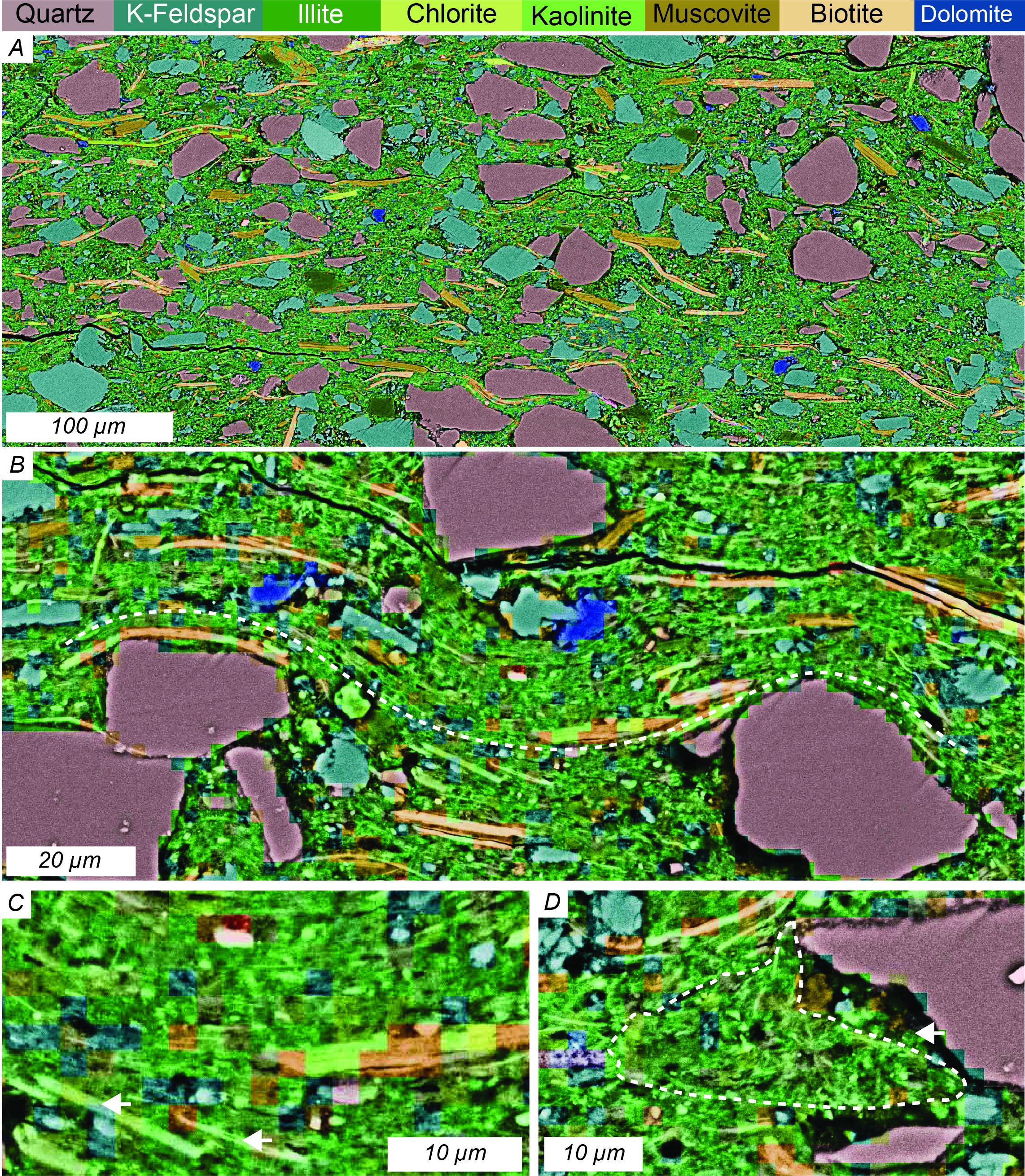A theoretical underpinning of chiral selectivity on magnetic surfacesInvestigators Project dates |
| Summary Almost all biomolecules exhibit a so-called chirality (akin to left- or right-handedness), and the chemical metabolism of terrestrial life exhibits the same specific chirality wherever it is found. The precursor chemicals used to make biomolecules are not chiral, and the origin of the specific chirality of biomolecules remains deeply mysterious, but is fundamentally connected with the origin of life. New experiments showing the spontaneous generation of chirality by molecules interacting with magnetic surfaces have recently been reported, and it is supposed that this occurs because of quantum-mechanical exchange interactions between chiral molecules and the magnetic surface, though the precise mechanism is unknown. This project investigates the theoretical foundations underpinning this mechanism by performing the detailed quantum calculations to determine if this mechanism is correct and understand and predict under what conditions it can occur. This understanding will provide significant direction into further studies of the origin of biological chirality. |
|
HARVY – designing a new facility to survey for Earth-like planets on neighbour Sun-like stars Investigators Project dates |
| Summary The radial velocity technique is the only method currently demonstrated to be mature enough to detect Earth like planets around nearby stars without relying on the geometry of a transit. However, a systematic survey for Earth-twin planets will need to account for the limitation in measurement accuracy arising from the stellar variability; often an order of magnitude larger than the signals of small temperate rocky planets. The Terra Hunting Experiment survey, led by Cambridge, is addressing this problem at face value by combining continual access to an observing facility and comprehensive analysis of the long series of observations (over a decade) with a spectrograph optimised for high precision radial velocity measurements. The drawback for such a focussed mode of operation, is that the survey is limited to about 50 stars. The HARVY instrument concept is the next step. It is a new development based on 30 years of experience from previous spectrographs but is designed to be deployed at low-cost, in series and installed on a network of 1.5m telescopes (approximately 10) enabling systematic survey of hundreds of Sun-like stars. HARVY’s design relies on high throughput of the entire system, through the use of new components, while building off of the design concepts of similar ultra-stable spectrographs. This proposal aims to investigate performances of the new components identified as key in the HARVY optical design to reach our goal. A successful concept study has already been completed. This proposal aims to pave the way to the next step of reaching the final optical design. If successful, it will enable us to proceed to HARVY’s construction and an on-sky test campaign in 2027. |
Habitability and ecological potential of Hycean WorldsInvestigators Project dates |
|
Summary |
Weathering on planets without vegetationInvestigators Project dates |
| Summary Clays are an astrobiological priority, because they may have helped life itself to evolve and because clay-rich rocks are excellent archives of fossils. Clays are common as weathering product in the finest-grained sediments, mudrocks, so this rock-type is a key target when searching for life in the universe. However, understanding of clays and mudrocks is biased to modern Earth, where the well-developed biosphere exerts influence on clay weathering. The PI’s research indicates that Earth’s “modern” clay mineral factory only originated when land plants evolved, with these organisms fundamentally changing mudrock character and distribution. It stands to reason that, to understand clays and mudrocks on planets that lack vegetation, we need analogues from Earth’s pre-vegetation record. Our team will conduct state-of-the-art petrographic analyses of mudrocks from an exceptional environmental transect of this era, with new data generating breakthroughs in the understanding of weathering patterns and clay distribution on “abiotic” rocky worlds. |
Can magnetite induce homochirality under prebiotically-relevant conditions?Investigators Project dates |
| Summary A defining feature of life on Earth is that the biomolecules on which is it based have a distinct twist with a fixed ‘handedness’. For example, ribonucleic acid (RNA) is composed of molecules with a right-handed twist, whereas proteins are composed of amino acids with a left-handed twist. Understanding how single handedness (or ‘homochirality’) developed from a prebiotic soup of equal populations of left- and right-handed biomolecules is critical to understanding the origins of life itself. Recent experiments have shown that large, smooth surfaces of magnetite (Fe3O4) are extremely efficient at selecting the correct handedness when exposed to a high laboratory magnetic field. This project seeks to answer the critical question of whether this selectivity also operates in clusters of small particles of magnetite exposed to much weaker magnetic fields, i.e. under conditions much closer to those that were likely present on the early Earth. |
Understanding the building blocks of life: Studying the sources and fate of HCN in the martian atmosphere using a 3D global climate modelInvestigators Project dates: |
| Summary Hydrogen cyanide (HCN) is an essential molecule for nucleic acid synthesis, and thus a biomarker for potential life. New measurements by the ExoMars Trace Gas Orbiter (TGO) report the extraordinary discovery of HCN, along with NH3 and HC3N; species who have been neglected in previous modelling studies but are potential key ingredients for life. We need to understand the formation and fate of these nitrogen containing molecules. Dust storms are a common occurrence during the perihelion season and have been proposed to induce static conditions leading to lightning. Such electrical activity could create conditions needed for HCN to form abiogenically. We propose using a 3D global climate model to simulate chemistry in the martian atmosphere to understand how HCN forms in this environment, as well as its average abundance and lifetime in the atmosphere. Overall, we aim to address the research question: How can the current climate of Mars sustain HCN? |
Lipid Diversity at the onset of lifeInvestigator Project dates |
|
Summary We will identify diversity-oriented prebiotic strategies that could have given rise to compositionally-diverse membranes, which support characteristic behaviours necessary for membrane division. This project will enable to a fundamental understanding of the origins of lipid diversity, including the features now associated with bacterial and archaeal lipids; new strategies based on compositionally-diverse membranes to probe, sense or replicate cellular behaviours; and a deep-rooted understanding of the emergence and evolution of cellular processes at the molecular level. |


